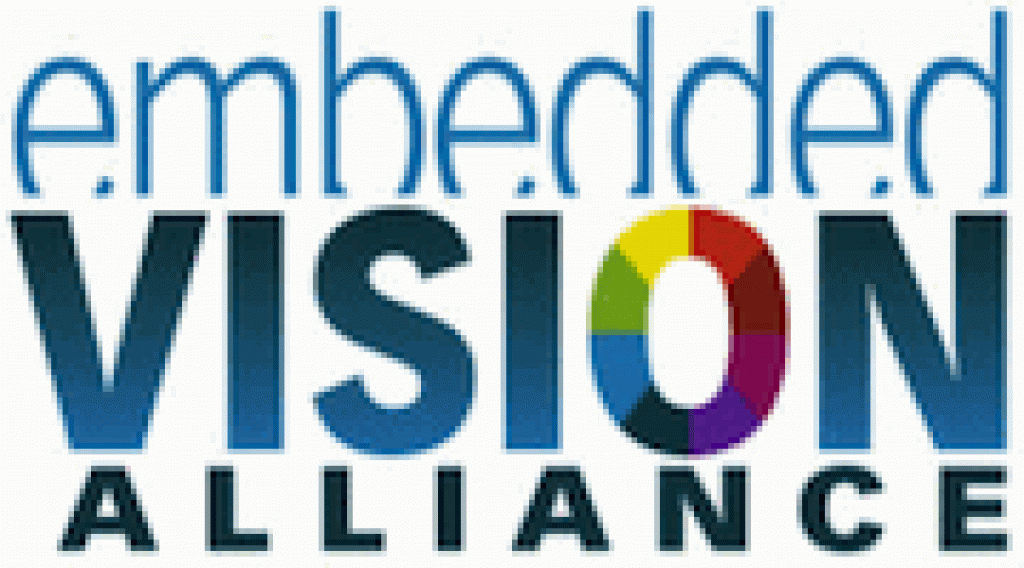|
Dear Colleague,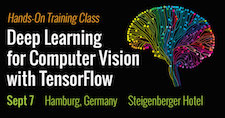
TensorFlow has become a popular framework for creating machine
learning-based computer vision applications, especially for the
development of deep neural networks (DNNs). If you’re planning to
develop
computer vision applications using deep learning and want to understand
how to use TensorFlow to do it, then don’t miss an upcoming
full-day,
hands-on training class organized by the Embedded Vision Alliance: Deep Learning for
Computer Vision with TensorFlow. It takes place in Hamburg, Germany
next week, on September
7. Learn more and register at https://tensorflow.embedded-vision.com.
Also consider attending the Alliance’s upcoming free webinar “Efficient
Processing for Deep Learning: Challenges and Opportunities,” on September 28 at 10 am Pacific Time. DNN algorithms are very
computationally demanding. To enable DNNs to be used in practical
applications, it’s therefore critical to find efficient ways to
implement them.
This webinar explores how DNNs are being mapped onto today’s processor
architectures, and how both DNN algorithms and specialized processors
are evolving to enable improved efficiency. It is presented by Dr.
Vivienne Sze, Associate Professor of Electrical Engineering and
Computer Science at MIT (www.rle.mit.edu/eems). Sze
concludes with suggestions on how to evaluate competing processor
solutions in order to address your application and design
requirements.
Brian Dipert
Editor-In-Chief, Embedded Vision Alliance
|
|
How to Choose a 3D Vision Technology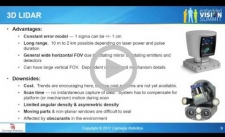
Designers of autonomous vehicles, robots,
and many other systems are faced with a critical challenge: Which 3D
perception technology to use? There are a wide variety of sensors on
the market, employing modalities including passive stereo, active
stereo, time of flight, 2D and 3D lasers, and monocular approaches.
There is no perfect sensor technology and no
perfect sensor, but there is always a sensor which best aligns with the
requirements of your application — you just need to find it. This talk
from Chris Osterwood, Chief Technical Officer at Carnegie
Robotics, provides an overview of 3D sensor technologies and their
capabilities and limitations, based on his company’s experience
selecting the right 3D technology and sensor for a diverse range of
autonomous robot designs. Osterwood
describes a quantitative and qualitative evaluation process for 3D
sensors, including testing processes using both controlled environments
and field testing, and some surprising characteristics and limitations
that Carnegie Robotics has uncovered through that testing.
Time of Flight Sensors: How Do I Choose Them and How Do I
Integrate Them?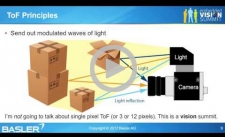
3D digitalization of the world is becoming
more important. This additional dimension of information allows more
real-world perception challenges to be solved in a wide range of
applications. Time-of-flight (ToF) sensors are one way to obtain depth
information, and several time-of-flight sensors are available on the
market. In this talk, Mark Hebbel, Head of New Business Development at
Basler, examines the strengths and weaknesses of ToF sensors. He
explains how to choose them based on your specifications, and where to
get them. He also briefly discusses things you should watch out for
when incorporating ToF sensors into your systems, along with the future
of ToF technology.
|
|
The Vision AI Start-ups That Matter Most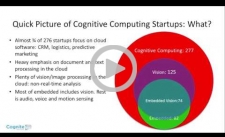
In this presentation, Chris Rowen of
Cognite Ventures shares his unique perspective on innovation in
embedded vision and artificial intelligence (AI). Included in Rowen’s
talk is a discussion of the relationship between cognitive computing
and embedded vision, along with his insights into overall trends
and case study examples of new hardware for embedded vision and AI.
Vision Tank Competition Finalist Presentations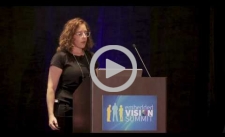
Adam Rowell, CTO of Lucid VR, Nitsa Einan,
VP of Business Development at Imagry, Anthony Ashbrook, Founder and CEO
of Machines with Vision, Grace Tsai, Founding Engineer at PerceptIn,
and Grégoire Gentil, Founder of Always Innovating, deliver their Vision
Tank finalist presentations at the May 2017 Embedded Vision Summit. The
Vision Tank introduces
companies that incorporate visual intelligence in their products in an
innovative way and who are looking for investment, partnerships,
technology, and customers. In a lively, engaging, and interactive
format, these companies compete for awards and prizes as well as
benefitting from the feedback of an expert panel of judges: Nik
Gagvani, President of CheckVideo; Vin Ratford, Executive Director of
the Embedded Vision Alliance; Dave Rosenberg, Managing Director at GE
Ventures; and John Feland, CEO, Argus Insights.
|
|
TensorFlow
Training Class: September 7, 2017, Hamburg, Germany
AutoSens
Conference Brussels: September 19-21, 2017, Autoworld,
Brussels, Belgium
Synopsys
ARC Processor Summit: September 26, 2017, Santa Clara,
California
Embedded Vision Alliance Webinar – Efficient
Processing for Deep Learning: Challenges and Opportunities:
September 28, 2017, 10:00 am PT
More Events
|

